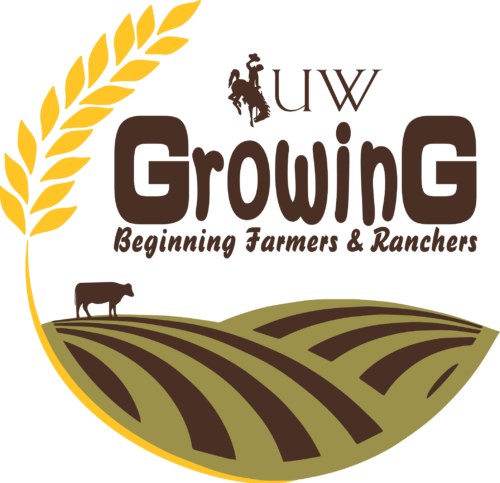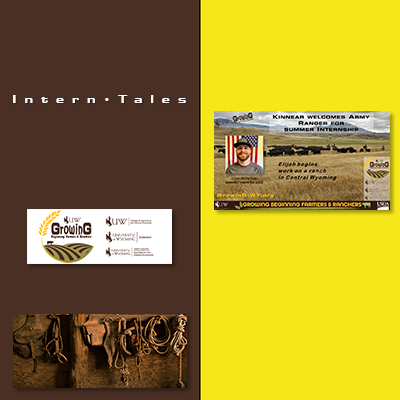Intensive Grazing, Electric Fencing, Predators
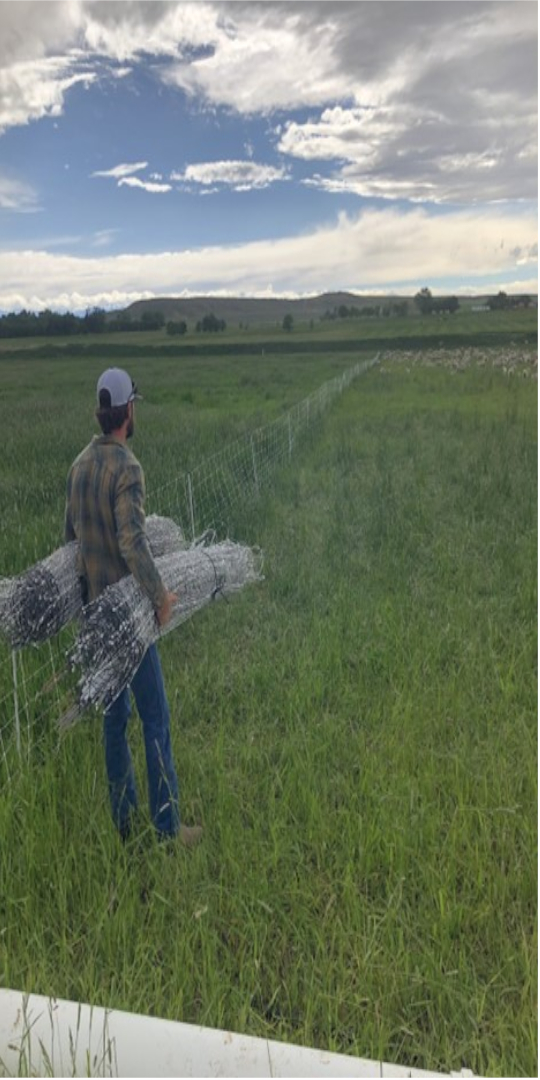
#bfrdpwy #aginternship #RightRisk
As this internship continues to move along through week three, I have continued to develop some of the fundamentals of sheep lambing. As we continue to check the drop group of ewes, I have gotten considerably better at sheep hooking as well has proper handling of ewes to put the least amount of strain when doctoring or deworming. But adding on to those fundamentals, I have been working on management of intensive grazing to maximize feed per paddock.
Management of intensive grazing isn’t extremely complicated but, if done properly, can not only maximize the amount of feed but also help replenish section[s] of field faster. If the sheep feed on the garrison, alfalfa or whatever other feed too hard and eat it to the soil, then it takes longer to regrow each paddock, therefore requiring the purchase of feed once the pasture is eaten down. If you pay attention to the flock and move them every couple of days, you can better regain feed in each paddock for the most efficient regrowth. Using different types of fences, from moveable electric fences with chargers to electric fence around T-posts, I have managed the grazing [and]of pushed sheep from paddock to paddock.
Also, it is important to continuously move the flock to keep them from compacting the soil and even help sheep from passing worms if some are affected. If sheep are grazing and defecating in a small paddock for too long, eventually the ground becomes full of manure, causing sheep that are trying to graze to feed in or around the fecal matter, allowing the easy transfer of worms to the sheep. So, it is extremely important to move and manage grazing to slow, if not stop, the spread of parasites.
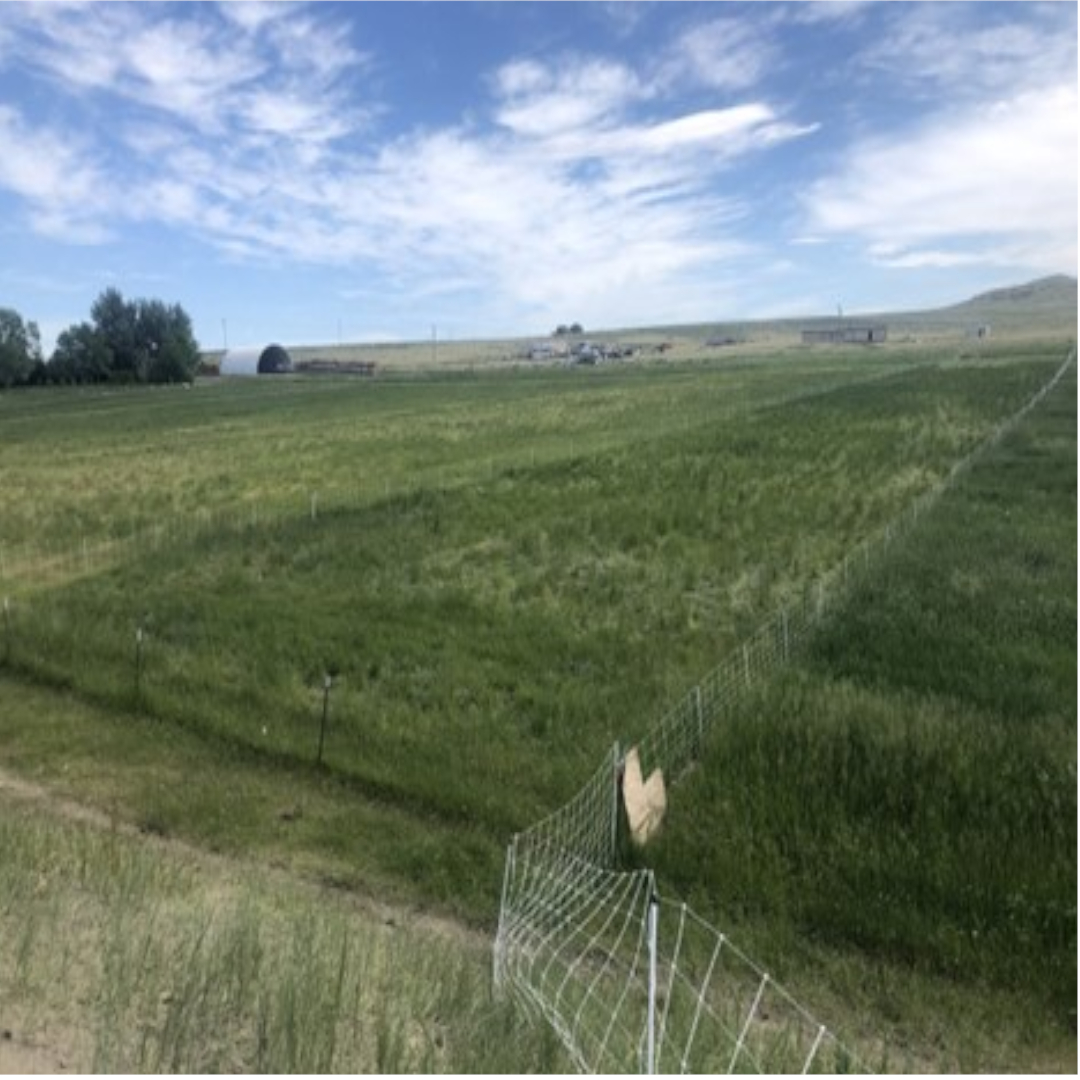
I would challenge different methods of intensive grazing to keep the ewes from packing down so much feed. If there are ways to be efficient with different feeds that have been walked over or stomped down.
I also wonder how to effectively use different types of terrain for different means of nutrition. As well as to how different types of plants can possibly medicate or be detrimental to the flock. I have asked some of these questions and found out that knapweed can be very helpful in terms of worms in the flock. Ewes that are affected by worms seem to go straight for knapweed and after a few or so seem to show positive signs of decreased worm load.
Other questions I would have would be how effective electrical fence to [prevent] predation is; if coyotes or other predators that dig are able to go under the electrical fence, [what]how the best way is to prevent predation on your livestock. What is the most effective amount of power to the electrical fence that keeps the livestock closed in but doesn’t cause injury.
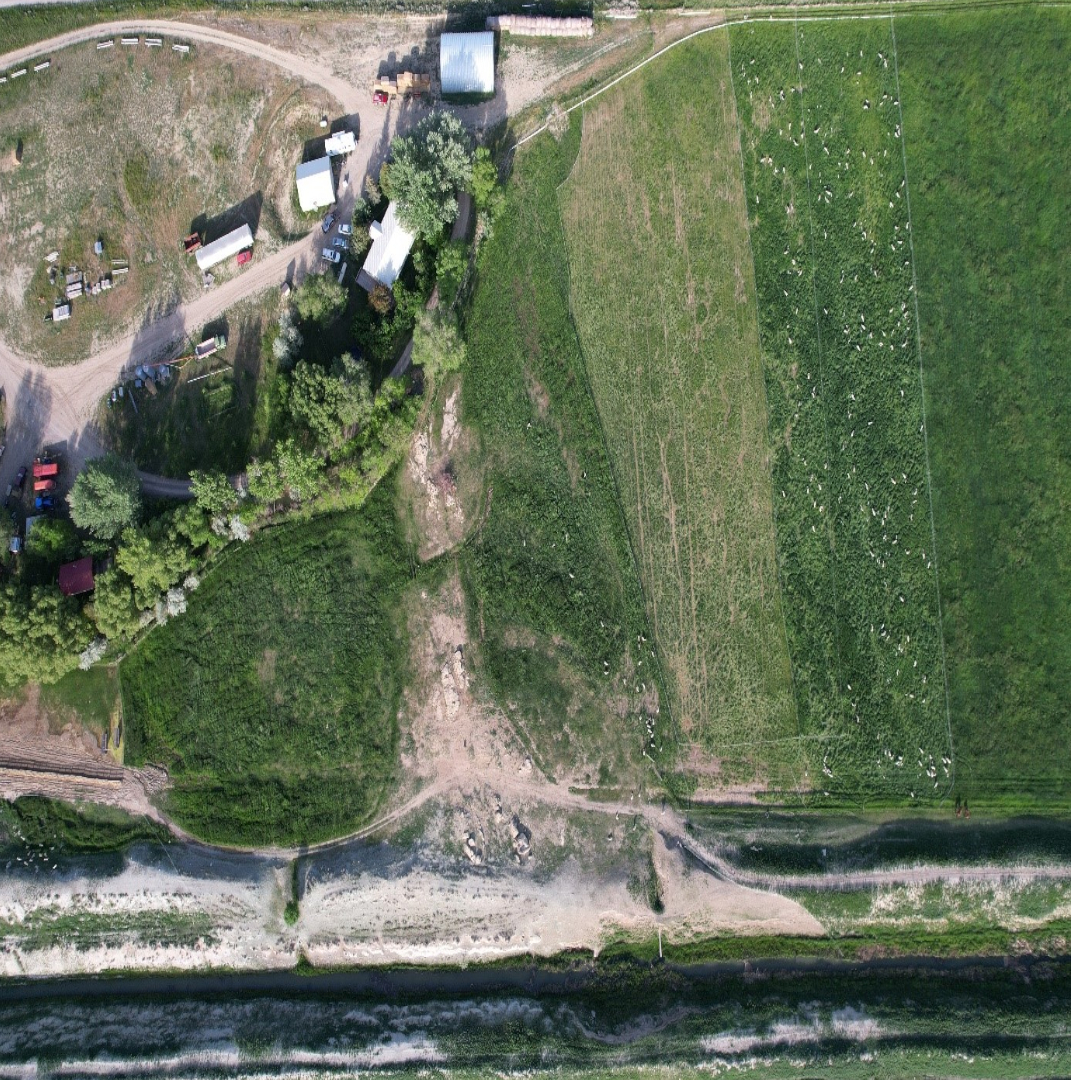
I plan to use what I have learned this past week to efficiently [mange]use on my own pasture one day. I don’t plan on starting with a lot of land maybe 20-30 acres, but with proper management of intensive grazing that can last awhile, depending on the size of the flock.
I also plan to [explore]use the different ways electrical fence can be used for lots of things such as dogs, goats and even maybe for bear prevention when camping in the Ozark National Forest. With the efficiency and ease of putting up and taking down the electrical fence, I will, without a doubt, be utilizing it myself in future.
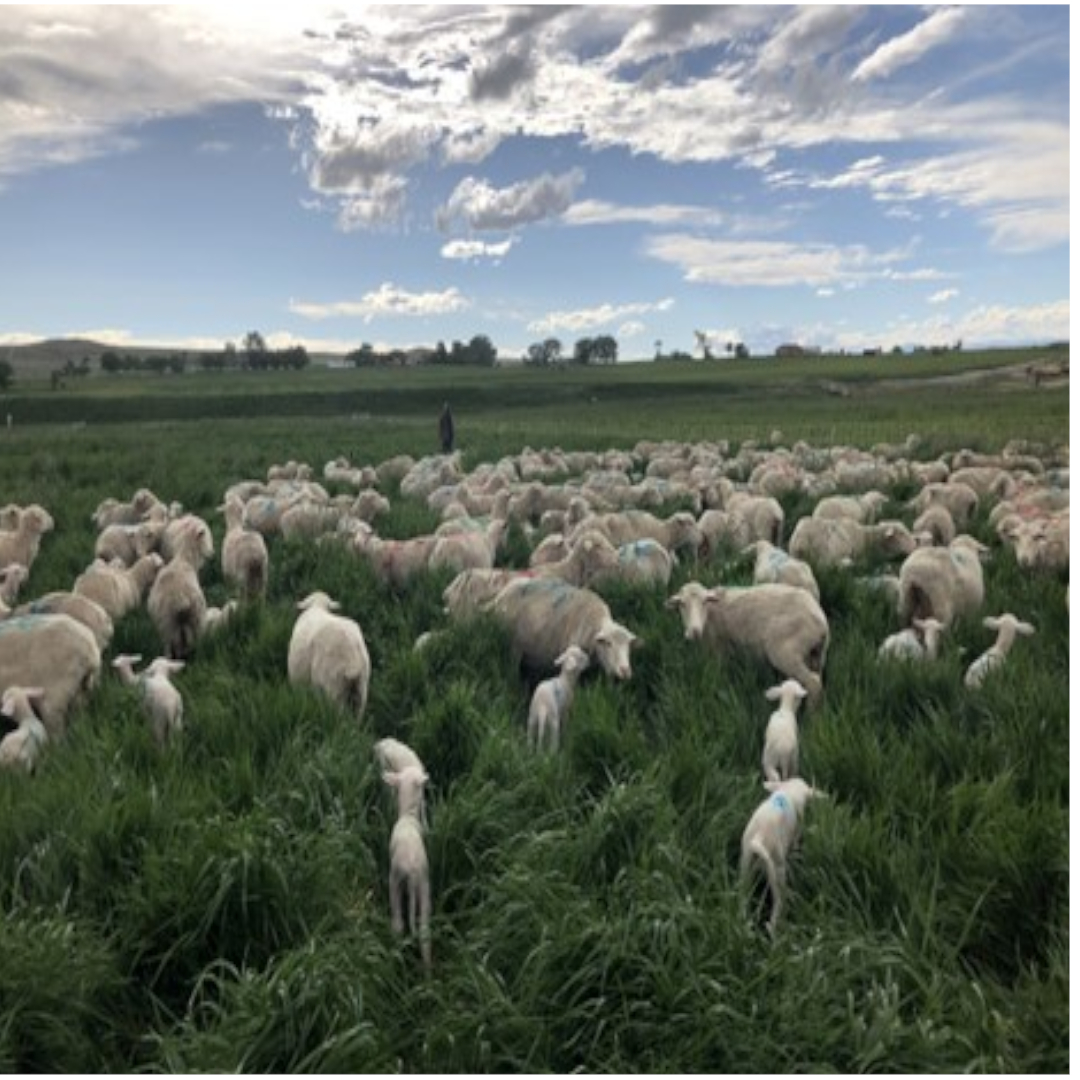
Submitted by: Elijah Richardson
Edits by: GrowinG Internship Team
